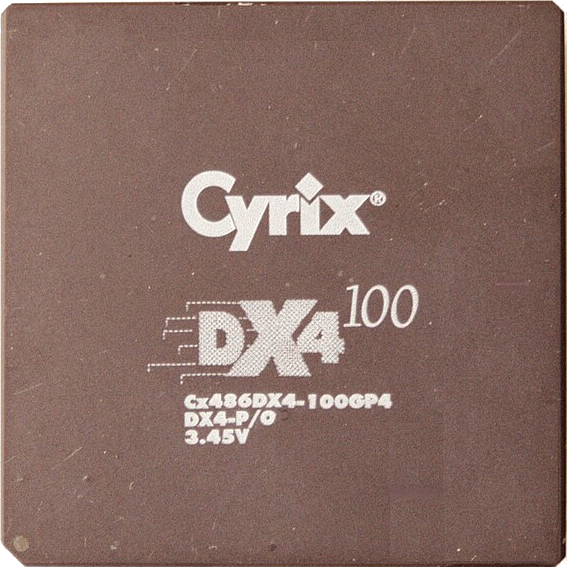

Die grüne Plakette (4) bekommt man bereits für Benzin-Fahrzeuge mit Euro 1.
Retro computing enthusiast.
Avatar taken from: https://en.wikipedia.org/wiki/Cyrix\_Cx486#/media/File:Cyrix\_Cx486DX4.jpg


Die grüne Plakette (4) bekommt man bereits für Benzin-Fahrzeuge mit Euro 1.


Unwahrscheinlich, da die Euro 4-Norm erst 2005 eingeführt wurde.
There is quite a significant difference. An ssh server - even when running on a non-default port - is easily detectable by scanning for it. With a properly configured Wireguard setup this is not the case. As someone scanning from the outside, it is impossible to tell if there is Wireguard listening or not, since it simply won’t send any reply to you if you don’t have the correct key. Since it uses UDP it isn’t even possible to tell if there is any service running on a given UDP port.
I always found the software updates of AVM - the manufacturer of those "Fritz!Box"es - to be of questionable quality. If you take a look at the source code that they have to release upon request of the GPL’ed source code they use, you’ll notice that they use ancient versions of the Linux kernel, Busybox and other tools. By ancient, I mean many years old, unsupported by upstream for years. Also, they only publish those sources manually when someone asks for them, which doesn’t bode well for their internal development processes. If they used CI/CD pipelines, they could easily push out updates of those sources with every new release…
Awesome shot!
Getting certs from Let’s Encrypt should work fine with any provider, even if you can’t open any ports, since they do support DNS challenge.
OP mentioned $0.40/kWh, so that would be about $17 per year with a 5 W difference.
Particularly in low-load scenarios there can be quite a big difference when it comes to PSU efficiency. While newer ATX PSUs have become better with regards to efficiency at low load, a Pico PSU can still be quite a bit better. Older ATX PSU often don’t even reach 60 % efficiency at 5 % load (which would be a typical load for such a system at idle), sometimes considerably less than that. At the same load a Pico PSU can easily be at 85 % efficiency.
Of course, at higher loads the difference is way smaller.


BirdNet-Pi is awesome. Highly recommended for anyone who likes birds. The BirdNet app for phones is also nice.
Btw, BirdNet-Pi also works fine on the non-plus Raspberry Pi 3.


Any backup software that supports incremental backup should work similarly bandwitdth-wise. I like Restic. You can even do incremental backups with plain rsync, if you want. If your data does not change much, than you should be okay. For the initial backup run it would be helpful if you have physical access to the remote location so you can bring a full backup there without having to upload it through your slow uplink.
I was thinking about doing something similar and was considering running Android on a Raspberry Pi. There are unofficial LineageOS builds for the Raspberry Pi. I haven’t tried that yet, but I guess it should be possible to use the Jellyfin Android app on such a setup.